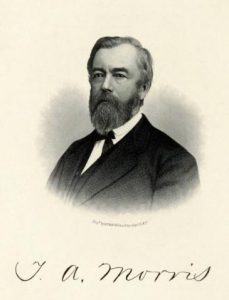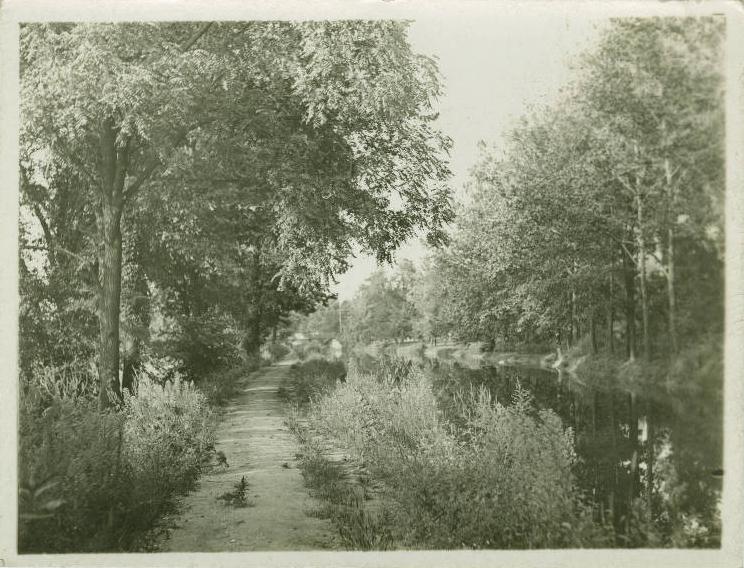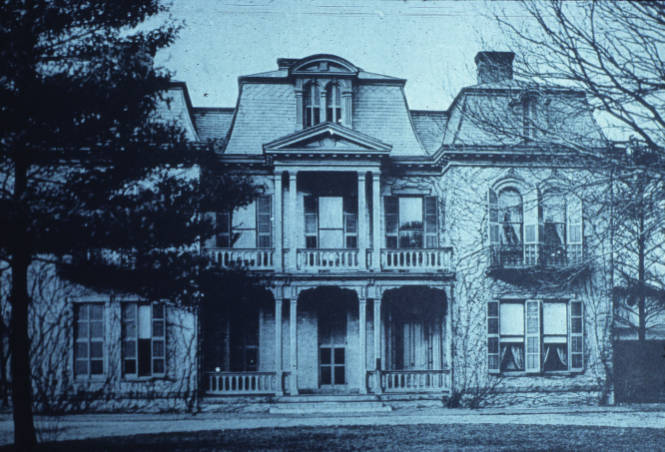
Photo info …
Credit: ddeedavis via Find A GraveView Source
(Dec. 26, 1811-Mar. 23, 1904). Thomas Armstrong Morris was born in Nicholas County, Kentucky, and came to Indianapolis with his father and other family members when he was 10 years old.
Morris left the local school system when he was 12 to begin an apprenticeship in the printing trade. Three years later, he resumed his studies at an undisclosed private school. In June 1830, Morris entered the U.S. Military Academy at West Point, New York, where he finished fourth in his class of 36 in 1834. He became a second lieutenant of the First U.S. Artillery stationed at Fort Monroe in Virginia and then Fort King in Florida.
In 1835, the U.S. Army Corps of Engineers sent Morris to assist Capt. Cornelius Austin Ogden in the construction of the Cumberland Road, also known as the , the Old Pike, and U.S. Highway 40, through Indiana and Illinois. As principal engineer, Morris oversaw the extension of the road between Richmond, Indiana, and Indianapolis, Indiana. After a year, Morris resigned from the military and became Indiana’s resident engineer.

His first project involved the construction of the . Then from 1841 to 1847, he became chief engineer overseeing the construction of the , the first in the state.
He oversaw the simultaneous construction of the Terre Haute and Richmond Railroad, connecting Terre Haute to Indianapolis, and the Indianapolis and Bellefontaine Railroad, part of the “Big Four,” from 1847 to 1852. From 1852 to 1854, he was chief engineer of the Indianapolis and Cincinnati Railroad and, from 1854 to 1857, was president of the same. From 1857 to 1859, he served as president of the Indianapolis and Bellefontaine Railroad and, from 1859 to 1861, as chief engineer of the Indianapolis and Cincinnati.
Along with architect , he designed Indianapolis Grand and superintended its construction between 1852 and 1853. The depot was the first of its kind in the country.
Indiana’s Civil War-era governor appointed Morris as the quartermaster general of Indiana’s troops. He was later appointed brigadier general in the state militia on April 7, 1861. In this role, Morris commanded the newly raised state troops and led them into western Virginia. His troops became known as the “Indiana Brigade.” Importantly, Morris was the overall Union commander at the Battles of Philippi, Laurel Hill, and Carrick’s Ford in the West Virginia campaign. Victorious in all three battles, his troops secured the western Virginia front for the Union and killed Confederate General Robert S. Garnett. These victories also prevented the Confederates from seizing the strategic Baltimore and Ohio Railroad. Morris ended his term in the militia on July 27, 1861.

In October 1862, Morris declined an appointment to the rank of brigadier general and major general of the U.S. Volunteers and resigned from the military a second time. He returned to the railroad industry serving as chief engineer of the Indianapolis and Cincinnati Railroad from 1862 to 1866. During this time, he also oversaw the construction of the railroad between Lawrenceburg to Cincinnati. From 1865 to 1869, Morris was president and chief engineer of the Indianapolis and St. Louis Railroad, building it from Terre Haute to Indianapolis.
In 1877, he was appointed one of the commissioners to select plans and oversee the construction of the fourth Indiana . This position was one his father Morris Morris had nearly 50 years earlier. Construction of the State House began in 1880 and ended in October 1888.
In 1881, he was chosen as the first president of the . Morris led the construction of the Riverside pumping station north of Fall Creek and the sand filtration beds at the White River Station near the canal aqueduct in the 1890s, making Indianapolis one of the first large cities to treat its water.
Morris was also a founding trustee of the Citizens Consumer Gas organization, which became , and served as president of the Indianapolis Street Railway Company.

Help improve this entry
Contribute information, offer corrections, suggest images.
You can also recommend new entries related to this topic.

